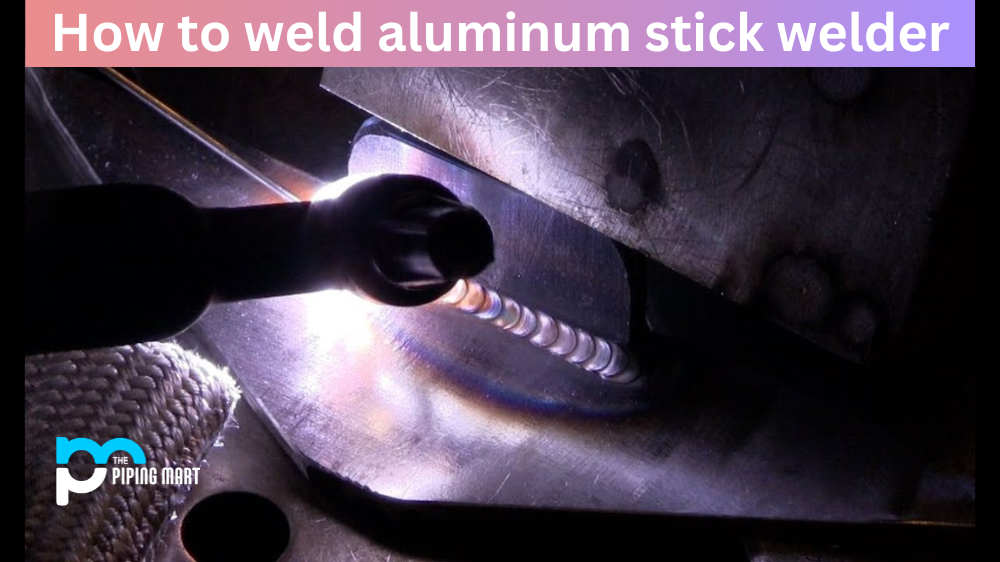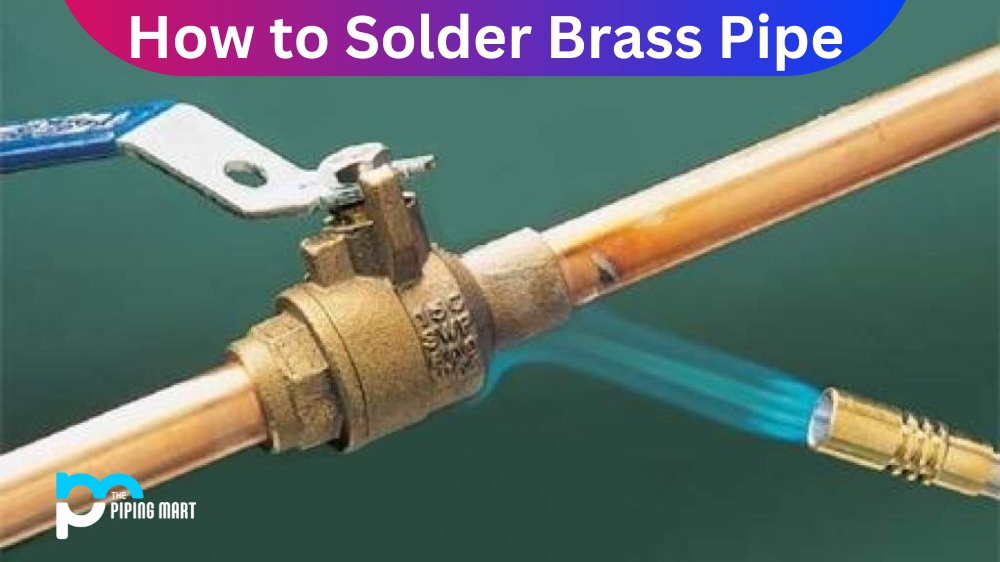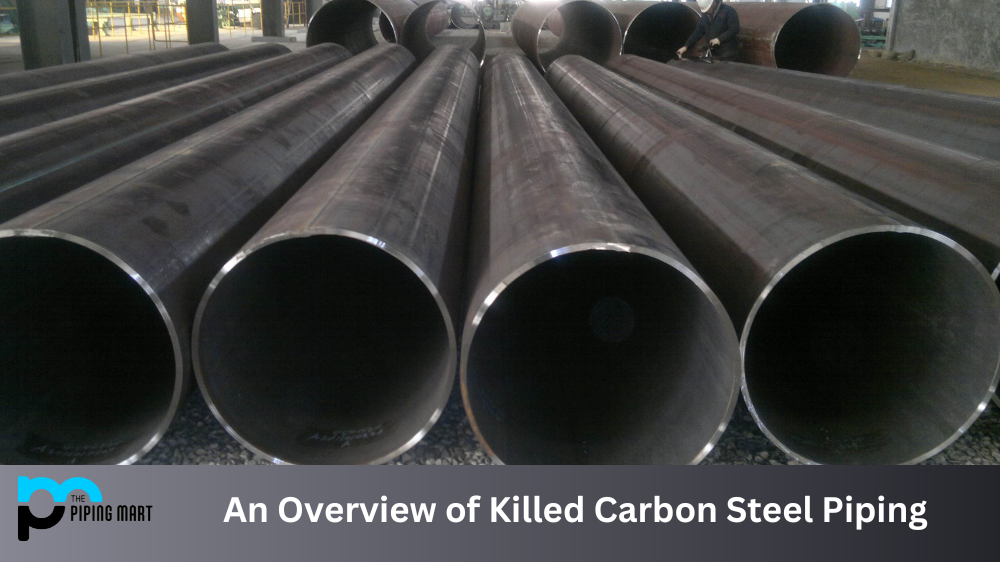Welding aluminum is a task that requires precision, patience, and the right tools. One of the most common types of welding for aluminum is stick welding, which is also known as shielded metal arc welding (SMAW). Whether you’re a beginner or an experienced welder looking to learn more about SMAW, here is everything you need to know about welding aluminum with a stick welder.
What Is Stick Welding?
Stick welding is one of the oldest methods of arc welding. It uses an electric current that flows from the electrode through the base material and back again. The electrodes are made from flux-coated rods, which contain flux that vaporizes and shields the molten metal from contamination and oxidation. This type of welding is suitable for almost any type of metal, including steel, stainless steel, cast iron, aluminum alloys, copper alloys, nickel alloys, magnesium alloys, and titanium alloys.
Selecting the Right Equipment for Your Project
When it comes to choosing equipment for your project, there are several factors to consider. Most importantly, you’ll need to make sure you have a welder that is compatible with your base material – in this case, aluminum. You should also consider the thickness of your material when selecting a welder; thicker materials will require larger machines with more power. Additionally, you’ll want to ensure you have access to enough power outlets in order for your machine to function properly during use. Finally, it’s important to remember that stick welders can be quite heavy, so make sure you have plenty of space available in your workshop or garage before investing in one.
Preparation Before Welding
Once you have selected the right equipment for your project, it’s time to start prepping before welding! It’s important to ensure that both surfaces are clean before beginning work; any dirt or debris on either surface can interfere with how well the weld holds up over time. Additionally, if possible, try using clamps or magnets to hold pieces together while welding, as it will help reduce distortion caused by heat buildup during the process. Finally, make sure you take safety precautions, such as wearing protective clothing and goggles before beginning work – safety always comes first when working with hot metals!
Conclusion:
Welding aluminum with a stick welder requires knowledge and careful preparation but can be accomplished successfully by even novice welders with some practice! Taking into account factors such as equipment selection and preparation beforehand will help ensure success when it comes time for actual welding work. As long as safety precautions are taken and careful attention is given throughout each step of the process – from prepping materials before beginning work through post-weld cleanup – then anyone should be able to master stick welding aluminum in no time at all!
Meet Heer, a dynamic and driven writer learning tricks of her trade in the metal industry. With a background in Digital Marketing, Heer brings a unique perspective to her writing, sharing valuable insights. Apart from blogging she like reading and hiking.




